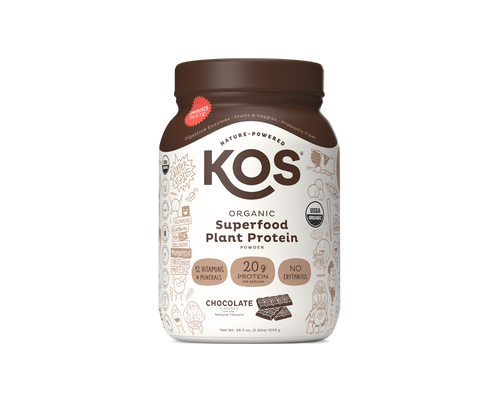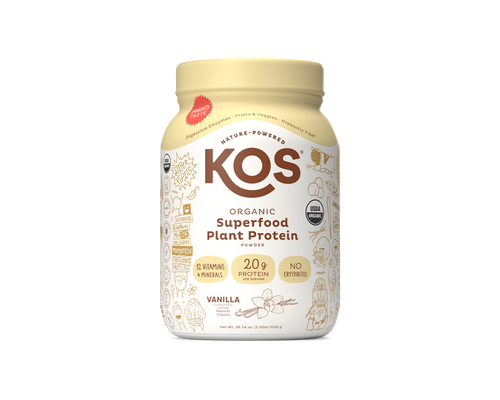Table of Contents
“Cacao! Cacao!” No, I’m not trying to draw exotic birds to my window. I am saying (typing, that is) the name of an oft-misunderstood bean that grows on trees. Some folks actually believe “cacao” is merely the fancy way of saying “cocoa”, or perhaps a mating call for use at New Age chocolate gatherings.
Cacao, though, is all things to all bio-hackers. The methylxanthines (you heard me) in cacao are abundant, and an example of a beneficial psychoactive compound—psychoactive meaning simply “a chemical substance that affects mental processes”.
The most abundant methylxanthines in cacao are caffeine and theobromine. Yeah, if you’ve ever downed three espressos in rapid succession, you have some some acquaintance with psycho-activity.
Cacao Beans—Properly Addressed—Boost Mood, Concentration, and Another Thing.
According to research done by the National Institutes of Health, methylxanthines are the prancing main active components in cacao, coffee, and tea, not to mention (because they are embarrassingly difficult to pronounce) yerba maté, yaupon holly, guayusa and guarana berries.

People whose research involves staring at micro-tiny things with headache-inducing intensity, report that methylxanthines seem to act on adenosine receptors in the central nervous system.and…um… arousal. This is a potent combination of effects.
Caffeine, interestingly (but I’ll let you be the judge of that), has some loose connection to one of our Darwinian mechanisms.
It seems caffeine’s activation of our neural circuitry sends a signal to the pituitary to pump out extra hormones, and the effect of these hormones is to ratchet up adrenalin production in the ol’ adrenal glands.

This squirt of extra adrenaline is exactly what drives the “Fight or Flight” response in humans (and all mammals)—that full-body jolt of sudden energy that, anthropologically, is a tool for doing vicious battle with an attacker, or fleeing the scene in a panicked, survivalist sprint. Caffeine! Who knew?
Hey, What About Cacao's other Methylxanthine?
What about theobromine? All right, already! You methylxanthine hobbyists are a little over-anxious, anybody ever tell you that? Okay, so here’s the deal.
Theobromine, like many of our naturally occuring pleasures, was first jumped on by the Mayans, of course. Surprise surprise. When not building ziggurats all over the place and over-applying eyeliner (at least in the movies), those people seemed intent on getting to all the good stuff first.

And of course, once a culture discovers theobromine, well—the mind clears, brain activity is boosted, focus increases, and BOOM; you’ve got yourself a self-rewarding feedback loop. Yeah, they were all over cacao, were the Mayans.
The taxonomic name of the cacao tree, Theobroma Cacao, has its provenance in the Mayans having referred to cacao as a Food of the Gods—“broma” meaning food, “theo” meaning God. We can infer from this food + gods business that the Mayans were pleased with their new discovery and its madly uplifting effects.
Theobromine Machine. Unalloyed Flavonoid. Joyous Mayan Cryin’.
But beyond adrenal and neuronal voltage, theobromine pushes other beneficial little buttons in our complex and gooey inner workings. Theobromine’s anti-inflammatory properties mean, among other things, that blood vessels open a little wider, increasing blood flow and making the sweeping of toxins from the free-flowing current more efficient. Theobromine also works positively on cholesterol, raising the good [HDL] and lowering the bad [LDL].

And cacao contains flavonoids—double-duty metabolites that act as powerful antioxidants, liberating your cells to do their thing without fear of being set upon by marauding free radicals. The flavonoids in cacao, notably in the form of epicatechin, also act as neuroprotectors—measurably improving actual cognition, and even preserving cognitive integrity in the labioatory.
These cacao flavonoids even affect brain perfusion, helpfully sloshing the cranial blood into those parts of the brain most needful of the sticky stuff at any given moment.
Cacao Time-Travel and Mayan Appreciation
Is it any wonder the busybody Mayans called this stuff the Food of the Gods? What would they have done with a foil-wrapped chocolate bar? Imagine this scenario.
 You travel back in time, gather the Mayan big shots in a forest clearing aglow with the light of many torches.
You travel back in time, gather the Mayan big shots in a forest clearing aglow with the light of many torches.You recite a quantity of overwritten gibberish (I can help with that part), and then with a great ceremonial flourish you present to them a slab of ceremonial cacao -- sweet dark chocolate, wrapped in embossed golden foil.
The Mayans were an incredibly powerful and advanced culture, their socio-historical gravity still in evidence today. The Mayan Empire having capitalized on, and arguably pioneered, the healing benefits of cacao ... let's take a page from their book.






